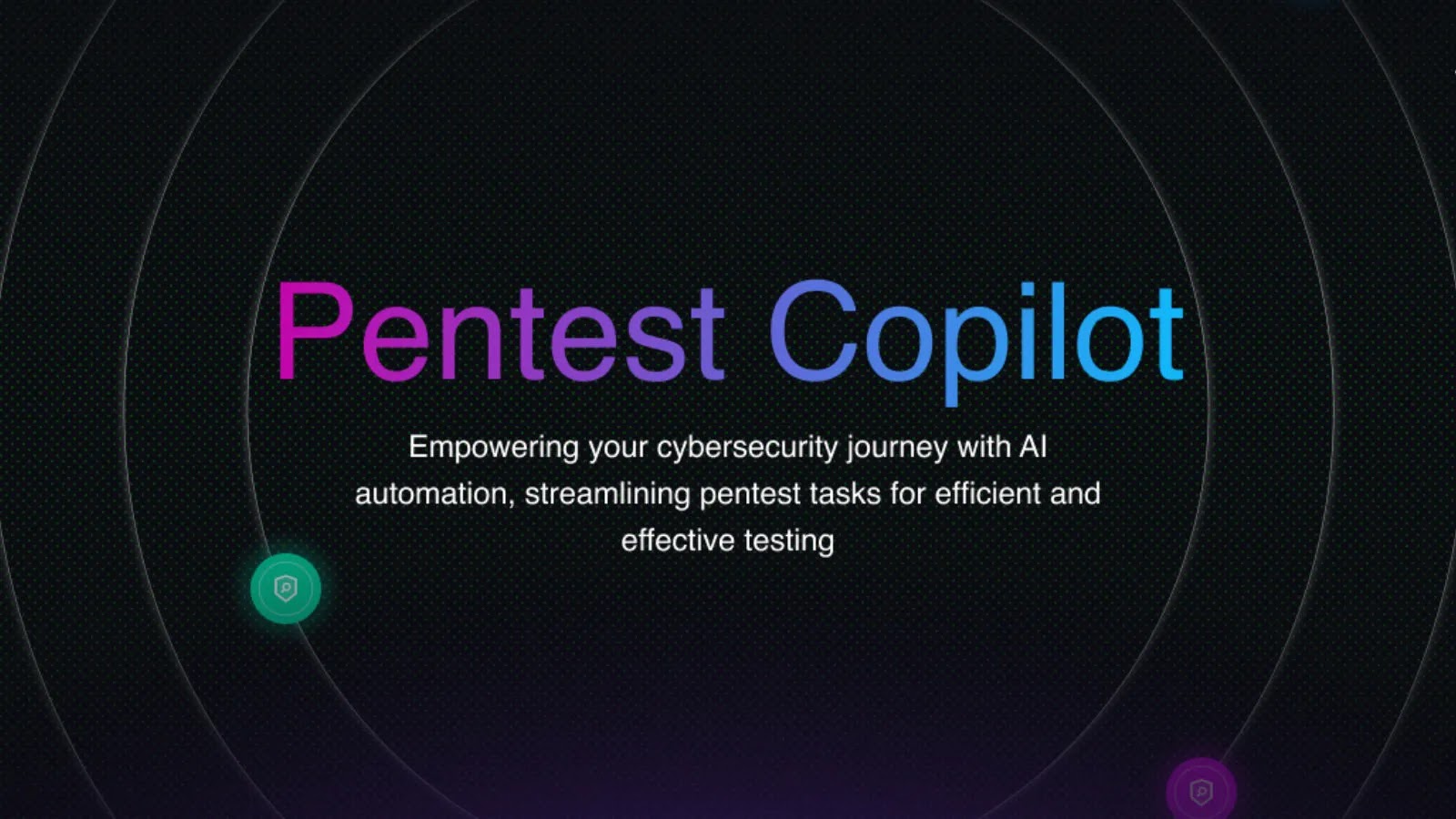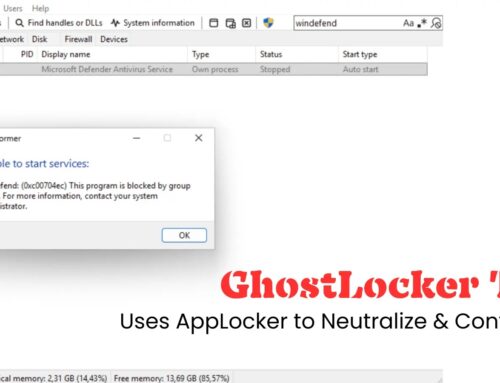
Pentest Copilot – AI-based Ethical Hacking Tool to Streamline Penetration Testing
Unveiling Pentest Copilot: AI’s Role in Modernizing Penetration Testing
The landscape of cybersecurity is relentlessly challenging, with threats evolving at an unprecedented pace. For ethical hackers and penetration testers, staying ahead means constantly refining methodologies and embracing innovation. The emergence of AI-powered tools marks a significant turning point, promising to transform the arduous process of identifying vulnerabilities. Enter Pentest Copilot, an open-source, AI-based ethical hacking tool poised to streamline penetration testing workflows and empower security professionals.
What is Pentest Copilot?
Pentest Copilot is an innovative, browser-based assistant designed to integrate seamlessly into a penetration tester’s toolkit. At its core, it leverages advanced large language models (LLMs) to automate various tasks within the penetration testing lifecycle. Unlike fully autonomous systems, Pentest Copilot maintains a critical balance: it automates repetitive and time-consuming processes while ensuring
human oversight remains paramount. This hybrid approach addresses a fundamental need in the field – augmenting human expertise rather than replacing it.
Key Advantages of AI-Driven Penetration Testing
The integration of AI, particularly through tools like Pentest Copilot, offers several compelling advantages over traditional manual or script-heavy methods:
- Enhanced Efficiency: AI can rapidly process vast amounts of data, analyze configurations, and identify potential weaknesses far quicker than manual methods. This significantly reduces the time spent on reconnaissance and initial vulnerability discovery.
- Reduced Human Error: While human intuition is invaluable, repetitive tasks are prone to oversight. AI can perform these tasks with consistent accuracy, minimizing missed vulnerabilities.
- Scalability: With AI assistance, penetration testing teams can potentially cover a broader scope of systems and applications, adapting more easily to growing infrastructure without a proportional increase in human resources.
- Focus on Complex Tasks: By automating mundane steps, security analysts can dedicate more time and cognitive effort to complex logical flaws, zero-day research, and sophisticated attack simulations that genuinely require human ingenuity.
- Consistent Methodologies: AI-driven tools can help enforce consistent testing methodologies across different projects and team members, leading to more standardized and reliable results.
How Pentest Copilot Integrates AI into Workflows
According to reports, Pentest Copilot is designed to merge the power of AI-driven automation with practical tools for ethical hackers. While specific functionalities are still emerging for this relatively new open-source project, its core premise involves:
- Intelligent Reconnaissance: Automating the collection and analysis of information about target systems, including domain enumeration, open ports, and service identification.
- Automated Vulnerability Identification: Using LLMs to understand system behaviors, identify common misconfigurations, and even suggest potential exploit paths based on identified weaknesses.
- Report Generation Assistance: Aiding in the synthesis of findings into comprehensive and actionable penetration test reports.
- Attack Scenario Generation: Potentially assisting in generating nuanced attack scenarios based on the target’s unique security posture.
This integration marks a significant advancement. Traditional methods often involve tedious manual data collection and analysis. Pentest Copilot aims to accelerate these initial phases, allowing testers to move directly to validation and deeper exploitation sooner.
Addressing Challenges: AI vs. Human Intuition
While AI offers immense benefits, a crucial aspect of Pentest Copilot, as highlighted by its description, is the preservation of human oversight. This acknowledges inherent limitations in AI:
- Contextual Understanding: AI may struggle with highly nuanced, context-dependent vulnerabilities that require a deep understanding of business logic or human behavior.
- False Positives/Negatives: Like any automated scanner, AI can produce false positives (flagging non-issues) or false negatives (missing actual vulnerabilities). Human review is critical to filter these out.
- Creativity and Adaptability: True zero-day discoveries or novel attack techniques still largely rely on human creativity and the ability to think outside predefined patterns.
Pentest Copilot is not designed to replace the ethical hacker but to serve as an intelligent assistant, offloading the cognitive burden of repetitive tasks and enabling more strategic thinking.
The Future of Penetration Testing with AI
Pentest Copilot represents a trend towards increasingly intelligent and automated security tools. As AI models become more sophisticated, their capabilities in vulnerability detection, threat modeling, and even exploit generation will undoubtedly expand. However, the role of experienced penetration testers will remain indispensable, shifting towards:
- AI Model Training and Refinement: Ensuring AI tools are accurately trained and adapt to new threats.
- Complex Attack Simulation: Designing and executing sophisticated multi-stage attacks that require human ingenuity.
- Risk Prioritization and Mitigation Strategy: Interpreting AI findings and translating them into actionable security improvements for organizations.
- Ethical Adherence: Guiding the responsible and ethical application of these powerful tools.
Conclusion
Pentest Copilot is a compelling open-source initiative that promises to redefine efficiency within ethical hacking. By intelligently integrating AI to automate critical yet repetitive aspects of penetration testing while safeguarding human oversight, it empowers security professionals to focus on higher-value tasks, ultimately enhancing an organization’s defensive posture against an ever-growing array of cyber threats. This tool exemplifies the future of cybersecurity: a collaborative ecosystem where advanced AI assists and amplifies human expertise.





